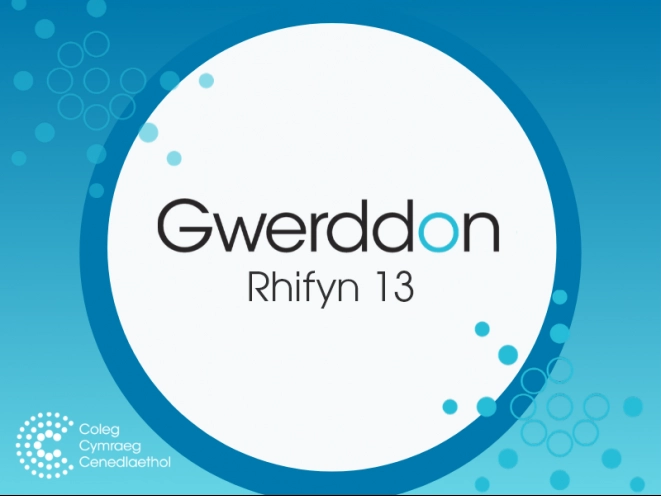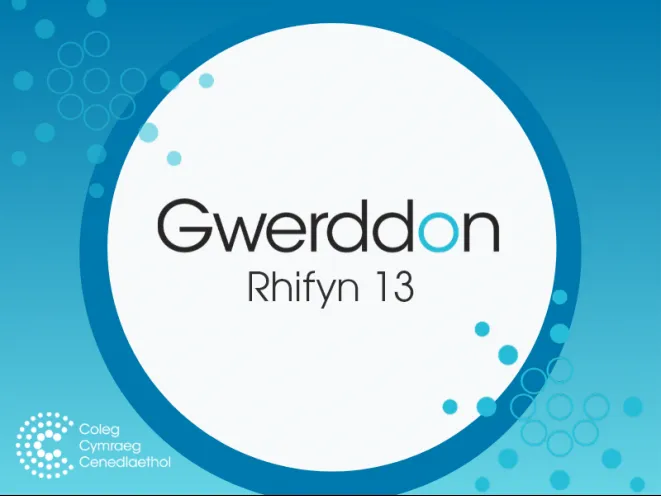Tephrochronology studies in the North Atlantic typically focus on large scale silicic volcanic eruptions such as the Askja 1875, Hekla 1104 and Öræfajokull 1362. However, smaller-scale Icelandic eruptions are becoming more important as regional time marker horizons and have the potential for application across widerdistances e.g. the Eyjafjallajökull eruption of 2010. The Grákolla tephra is one such layer, sourced within the Torfajökull volcanic system. On the basis of major element chemistry, the tephra layer exhibits an identical geochemical fingerprint to the Landnám tephra, which is also sourced from the Torfajökull system. However, distinct differences are discernible on the basis of trace element chemistry, although some data overlap remains. This realisation highlights the potential for introducing significant age discrepancies to a dating framework based on recent silicic Torfajökull tephra deposits in the Faroe Islands if tephra identification is based solely on major element chemistry. Six hundred years separate the eruptions, which although a relatively short time frame for geological events, represents a significant time frame for the dating of human events.
The importance of chemical fingerprinting for Icelandic volcanic ash: The Grákolla tephra, Torfajökull volcano
Documents and links:

Feedback
Don't see what you want? Problem with the files? Do you have a suggestion? Send your feedback to us.

